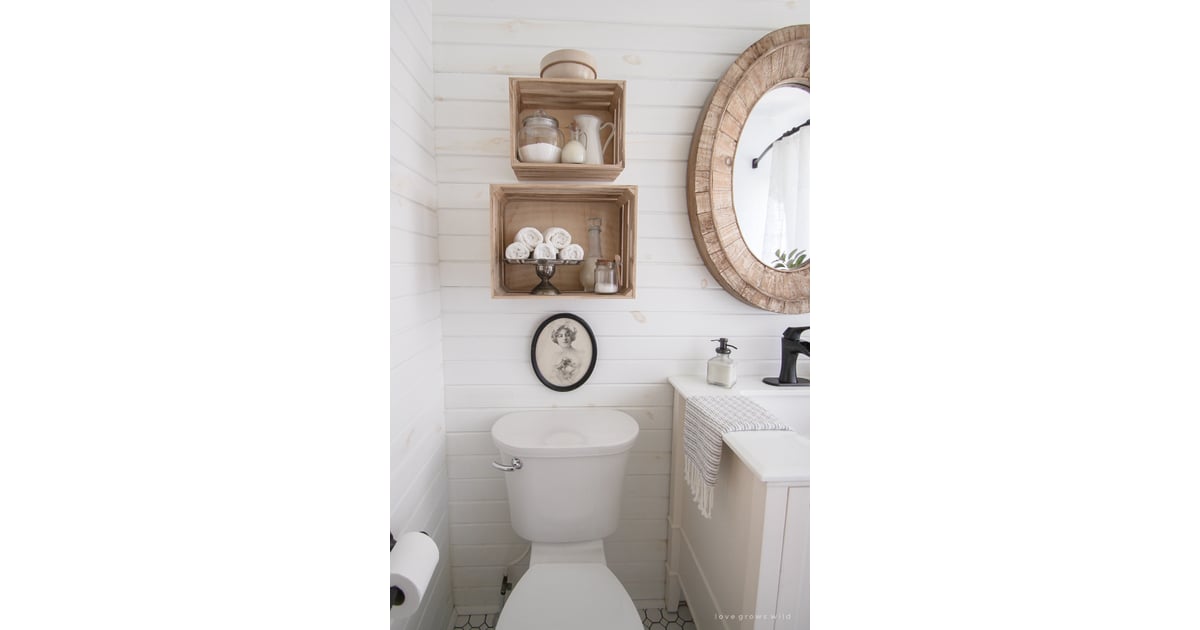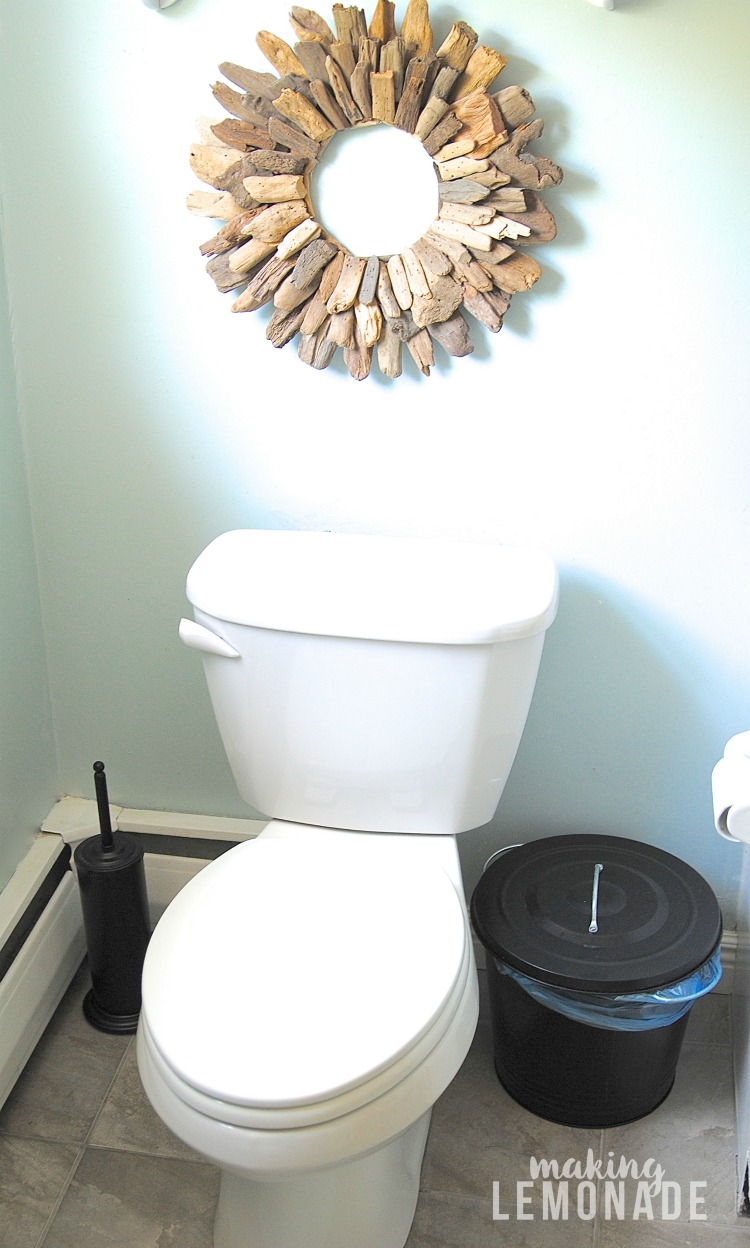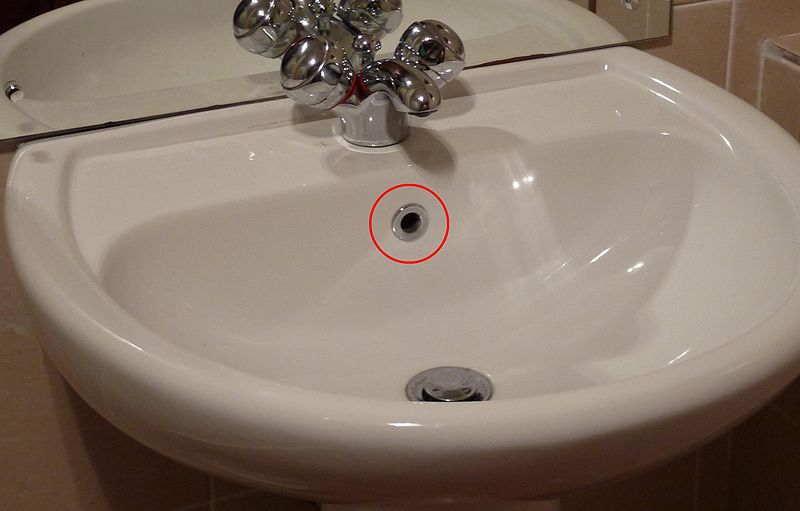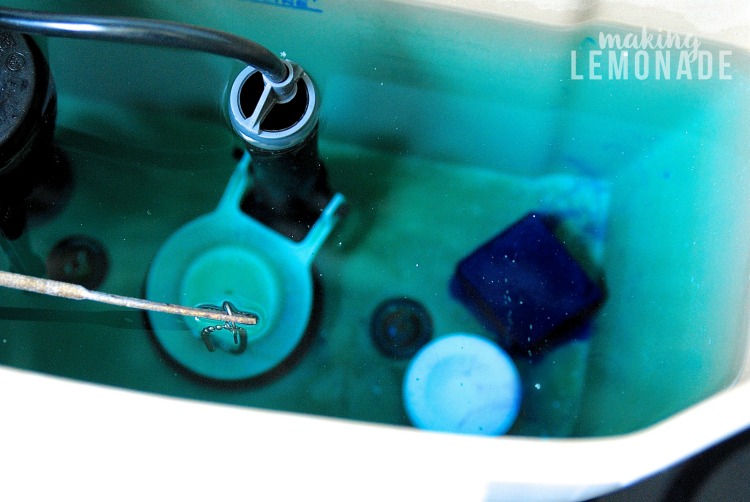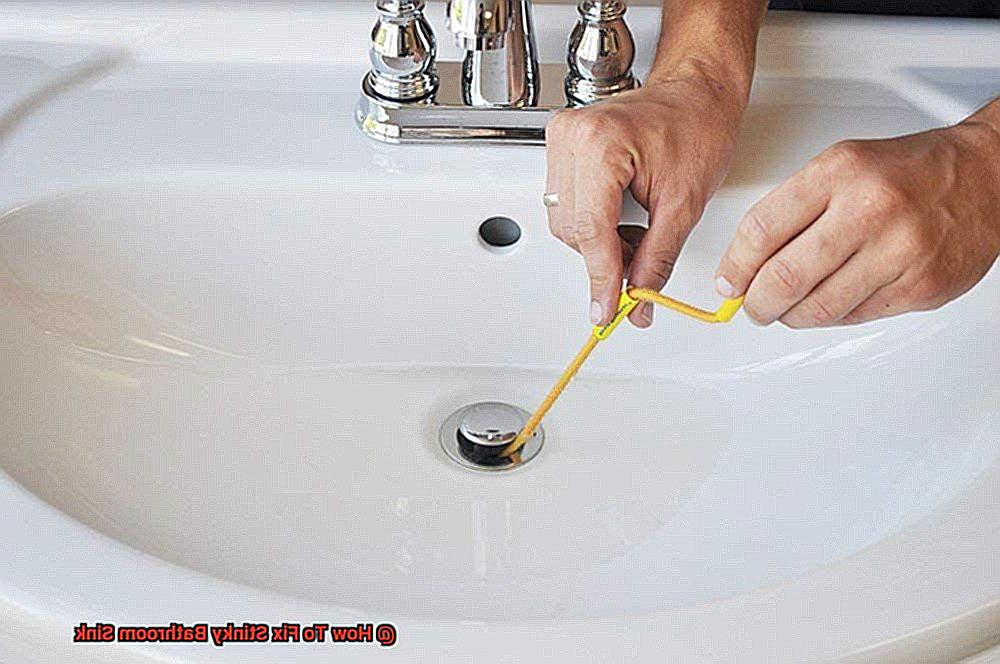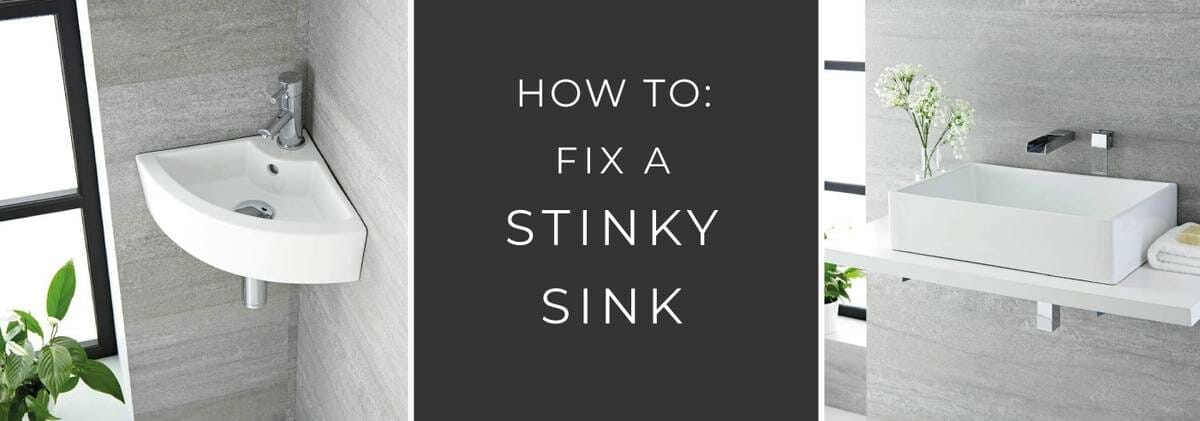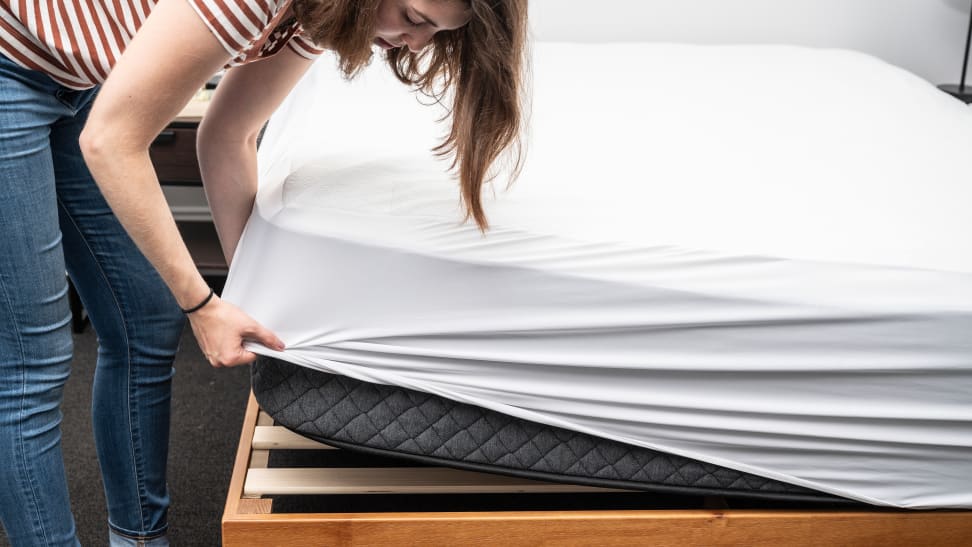Dealing with a stinky bathroom sink overflow can be a frustrating and unpleasant experience. Not only does it create an unpleasant odor, but it can also lead to potential health hazards if left untreated. However, understanding the causes of a stinky bathroom sink overflow and learning how to properly clean and maintain it can help prevent this issue from occurring. Here are 10 tips to help you tackle a stinky bathroom sink overflow. Stinky Bathroom Sink Overflow: Causes and Solutions
The first step in getting rid of a stinky bathroom sink overflow is to thoroughly clean it. Start by removing any visible debris or gunk from the overflow drain using a pair of gloves and a cleaning brush. Next, mix equal parts of baking soda and white vinegar and pour it down the overflow drain. Let the solution sit for 15-20 minutes before rinsing it with hot water. This will help break down any buildup and eliminate any lingering odors. How to Clean a Stinky Bathroom Sink Overflow
Prevention is key when it comes to avoiding a stinky bathroom sink overflow. One of the best ways to prevent this issue is to regularly clean and maintain your sink and its overflow drain. Additionally, using a hair catcher in your sink can help prevent hair and other debris from clogging the drain and causing unpleasant odors. Tips for Preventing a Stinky Bathroom Sink Overflow
Understanding the common causes of a stinky bathroom sink overflow can help you prevent this issue from occurring in the future. One of the main causes is a buildup of hair, soap scum, and other debris in the overflow drain. This can lead to bacteria growth and foul odors. Another common cause is a clogged or partially clogged drain, which can trap debris and cause it to rot and emit an unpleasant smell. Common Causes of a Stinky Bathroom Sink Overflow
If you're dealing with a stinky bathroom sink overflow, there are a few DIY solutions that you can try before calling in a professional. One option is to use a mixture of baking soda and lemon juice to neutralize odors and disinfect the drain. Another DIY solution is to use a plunger to try and dislodge any clogs in the overflow drain. DIY Solutions for a Stinky Bathroom Sink Overflow
If the DIY solutions are not effective in getting rid of a stinky bathroom sink overflow, it may be time to call in a professional. A plumber can help identify and fix any underlying issues with your sink and its overflow drain. They may also use specialized tools and techniques to thoroughly clean and disinfect the drain, eliminating any lingering odors. Professional Help for a Stinky Bathroom Sink Overflow
Getting rid of a stinky bathroom sink overflow requires a combination of proper cleaning and maintenance techniques. It's important to regularly clean and disinfect the overflow drain to prevent bacteria and odor-causing buildup. Additionally, addressing any clogs or underlying issues promptly can help prevent the problem from getting worse. How to Get Rid of a Stinky Bathroom Sink Overflow
If you're still experiencing a stinky bathroom sink overflow after trying different solutions, it may be time to troubleshoot the issue. Start by checking for any clogs in the drain and removing them using a plunger or plumbing snake. If that doesn't work, it may be necessary to call in a professional for further inspection and repair. Troubleshooting a Stinky Bathroom Sink Overflow
Fixing a stinky bathroom sink overflow involves a combination of cleaning, maintenance, and potential repairs. Regularly cleaning and maintaining your sink and its overflow drain can help prevent this issue from occurring. If you suspect there is an underlying issue, it's best to call in a professional for proper diagnosis and repair. How to Fix a Stinky Bathroom Sink Overflow
Prevention and maintenance are key in keeping your bathroom sink overflow from becoming stinky. Regularly cleaning and disinfecting the overflow drain can help prevent bacteria and buildup from causing odors. Additionally, addressing any clogs or underlying issues promptly can help prevent the problem from getting worse. By following these tips, you can keep your bathroom sink overflow clean, fresh, and odor-free. Stinky Bathroom Sink Overflow: Prevention and Maintenance
The Importance of Proper Bathroom Design and Maintenance
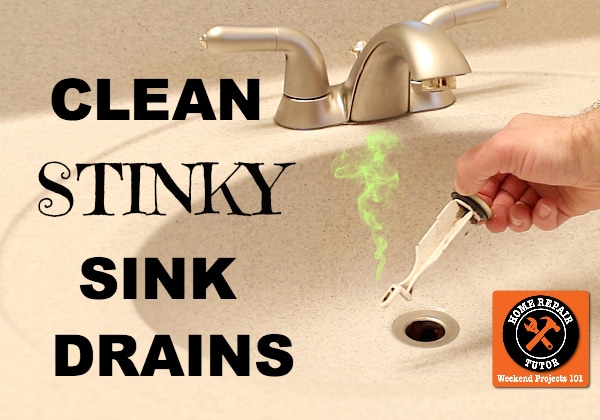
Preventing Stinky Sink Overflows and Other Common Issues
 When it comes to designing and maintaining a house, the bathroom often gets overlooked. However, it is important to pay attention to this space as it is one of the most used rooms in the house and can greatly impact the overall comfort and functionality of your home. One common issue that many homeowners face is a stinky bathroom sink overflow. This not only creates an unpleasant odor but can also lead to more serious plumbing problems. In this article, we will discuss the importance of proper bathroom design and maintenance, and how it can help prevent stinky sink overflows and other common issues.
Proper Ventilation
One of the main causes of a stinky sink overflow is a lack of proper ventilation in the bathroom. When there is no way for the air to circulate, the moisture from the sink and shower can linger and create a breeding ground for bacteria and mold. This not only causes unpleasant smells but can also lead to health hazards. It is important to have a well-ventilated bathroom to prevent these issues.
When it comes to designing and maintaining a house, the bathroom often gets overlooked. However, it is important to pay attention to this space as it is one of the most used rooms in the house and can greatly impact the overall comfort and functionality of your home. One common issue that many homeowners face is a stinky bathroom sink overflow. This not only creates an unpleasant odor but can also lead to more serious plumbing problems. In this article, we will discuss the importance of proper bathroom design and maintenance, and how it can help prevent stinky sink overflows and other common issues.
Proper Ventilation
One of the main causes of a stinky sink overflow is a lack of proper ventilation in the bathroom. When there is no way for the air to circulate, the moisture from the sink and shower can linger and create a breeding ground for bacteria and mold. This not only causes unpleasant smells but can also lead to health hazards. It is important to have a well-ventilated bathroom to prevent these issues.
Regular Cleaning
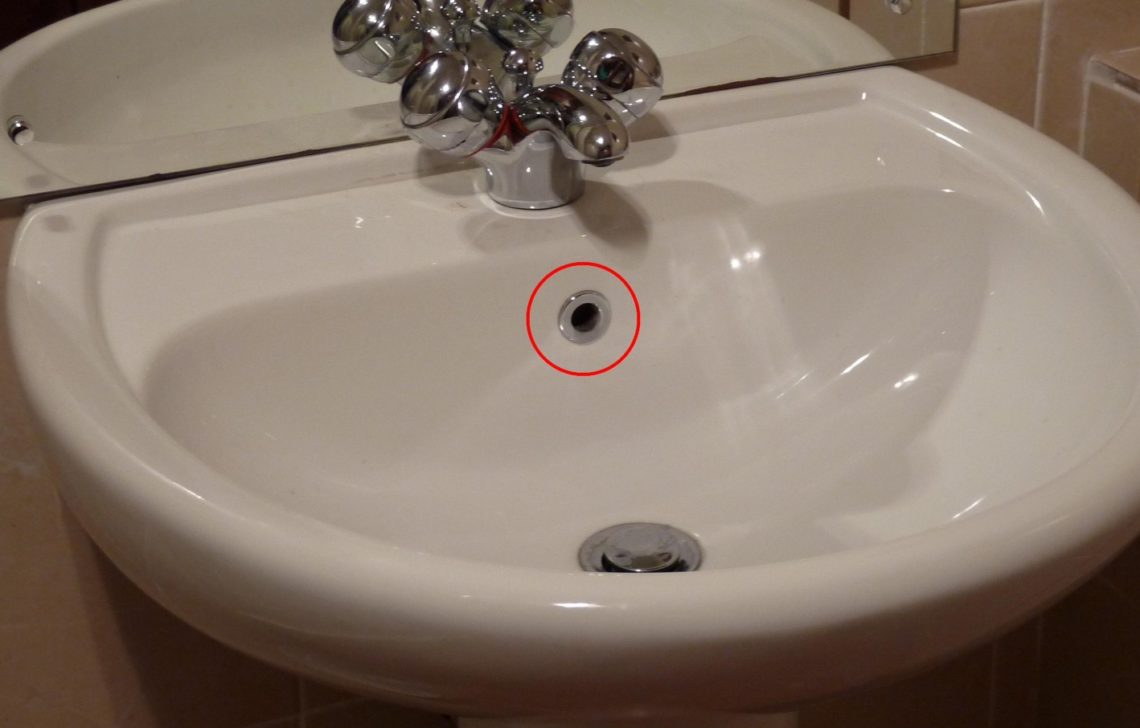 Another key aspect of maintaining a stink-free bathroom is regular cleaning. This not only includes wiping down surfaces and cleaning the toilet, but also paying attention to areas that are often overlooked such as the sink overflow drain. Over time, debris and bacteria can accumulate in this area and cause foul smells. By incorporating this into your cleaning routine, you can prevent the buildup of odors and keep your bathroom smelling fresh.
Proper Drainage
In addition to proper ventilation and regular cleaning, it is also important to have a well-functioning drainage system in your bathroom. A clogged or slow-draining sink can lead to water and debris buildup, which can result in a stinky overflow. Make sure to regularly check and clean your drains to avoid this issue, and consider using a drain guard to catch any hair or debris that may go down the drain.
Another key aspect of maintaining a stink-free bathroom is regular cleaning. This not only includes wiping down surfaces and cleaning the toilet, but also paying attention to areas that are often overlooked such as the sink overflow drain. Over time, debris and bacteria can accumulate in this area and cause foul smells. By incorporating this into your cleaning routine, you can prevent the buildup of odors and keep your bathroom smelling fresh.
Proper Drainage
In addition to proper ventilation and regular cleaning, it is also important to have a well-functioning drainage system in your bathroom. A clogged or slow-draining sink can lead to water and debris buildup, which can result in a stinky overflow. Make sure to regularly check and clean your drains to avoid this issue, and consider using a drain guard to catch any hair or debris that may go down the drain.
Conclusion
 In conclusion, proper bathroom design and maintenance play a crucial role in preventing stinky sink overflows and other common issues. By ensuring proper ventilation, regular cleaning, and proper drainage, you can keep your bathroom smelling fresh and ensure its functionality for years to come. Don't overlook the importance of this often neglected room in your house and incorporate these tips into your routine for a clean and pleasant bathroom experience.
In conclusion, proper bathroom design and maintenance play a crucial role in preventing stinky sink overflows and other common issues. By ensuring proper ventilation, regular cleaning, and proper drainage, you can keep your bathroom smelling fresh and ensure its functionality for years to come. Don't overlook the importance of this often neglected room in your house and incorporate these tips into your routine for a clean and pleasant bathroom experience.






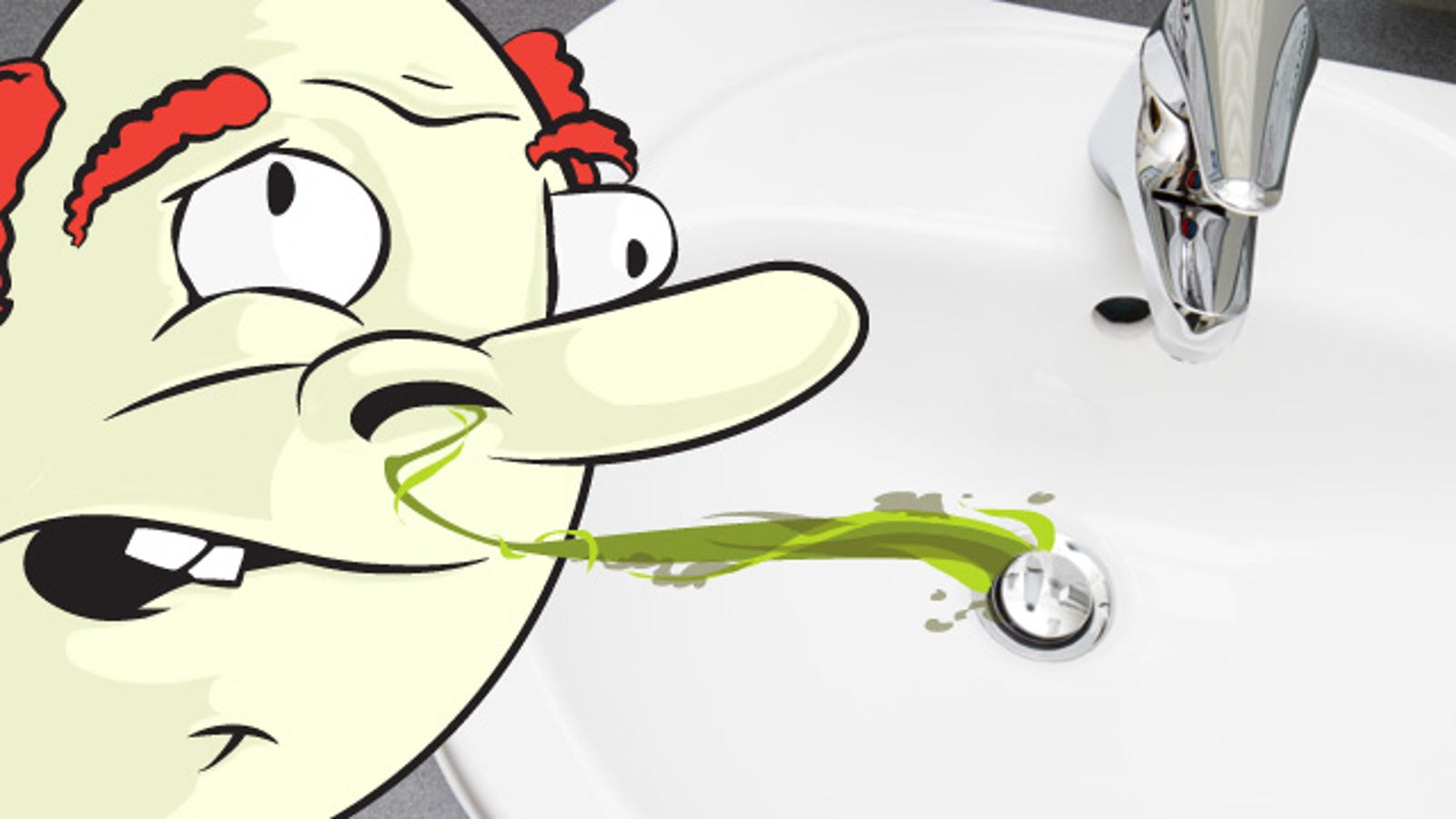
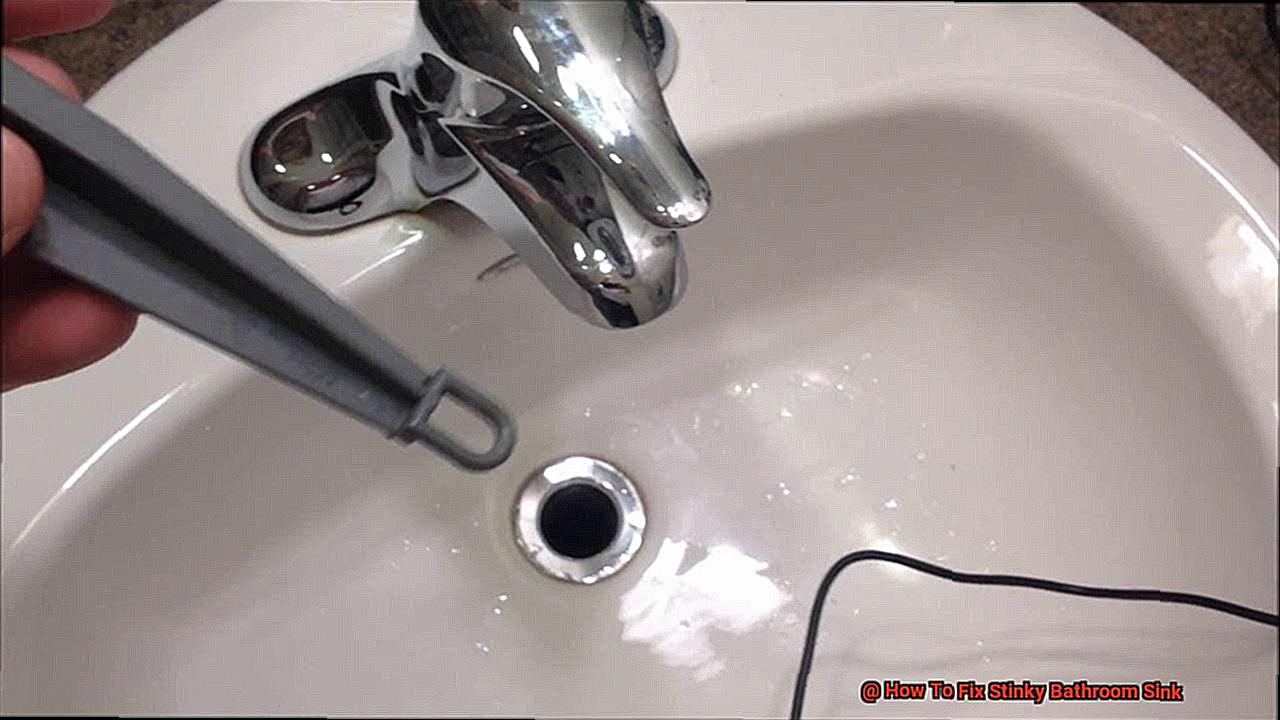
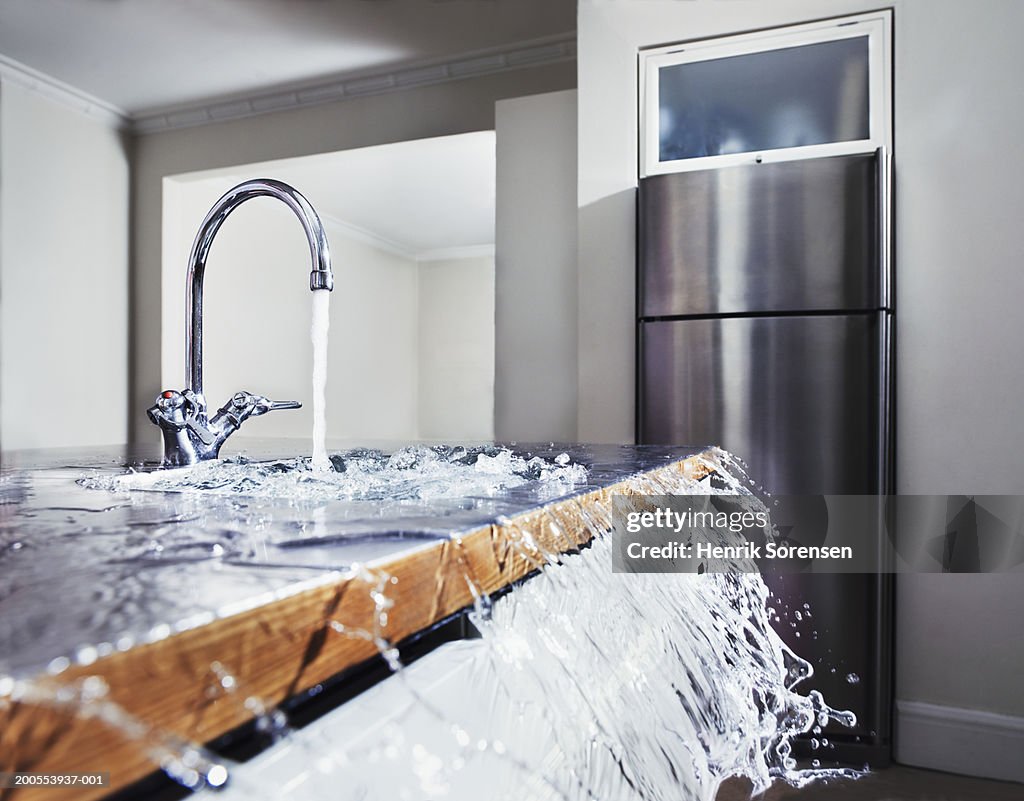




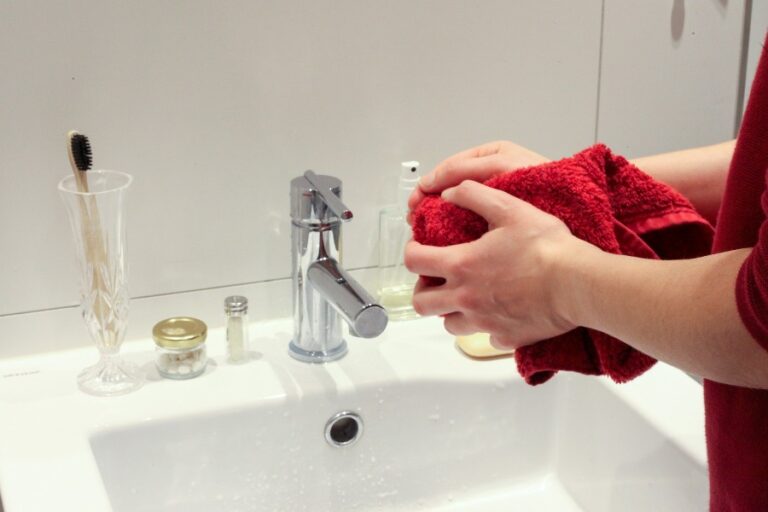

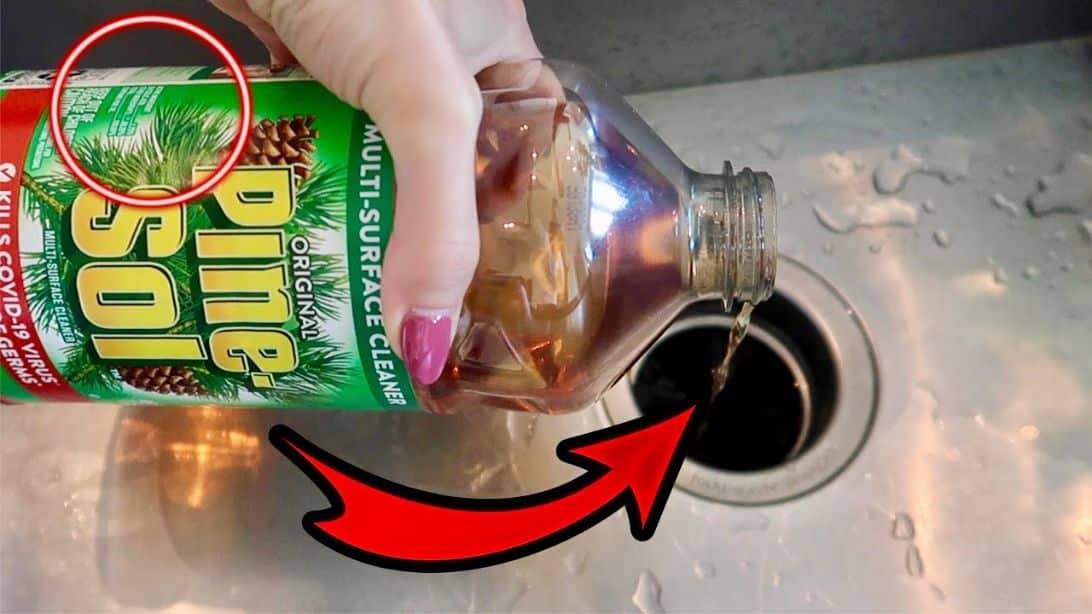




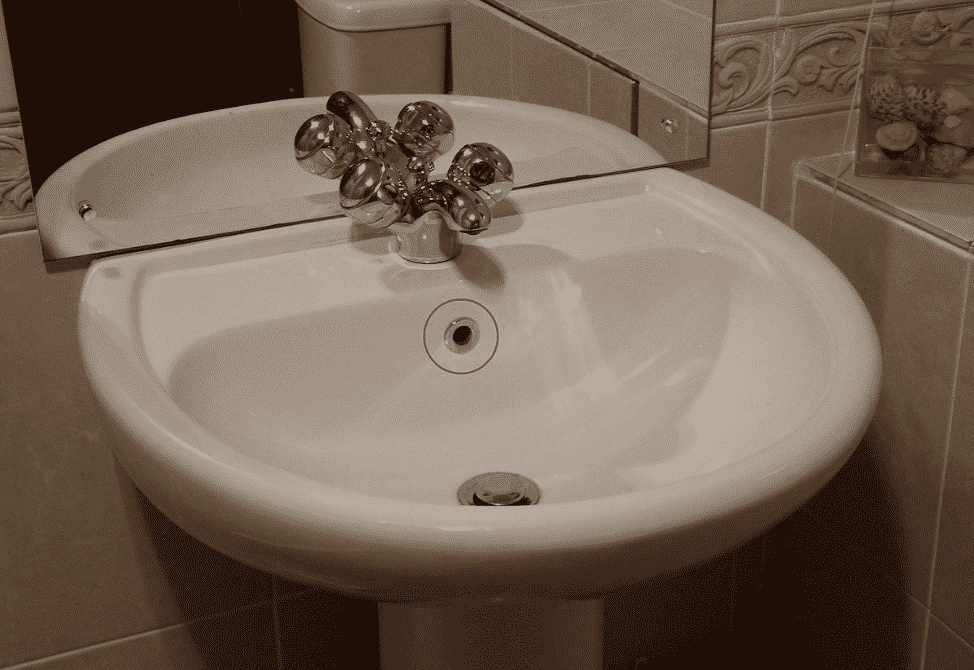











/close-up-of-overflowing-bathroom-sink-90201417-579787783df78ceb865822d8.jpg)






